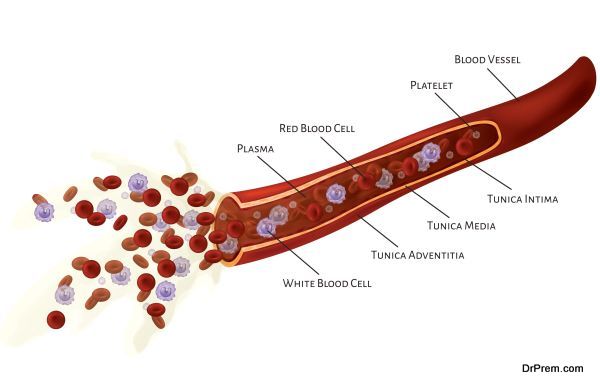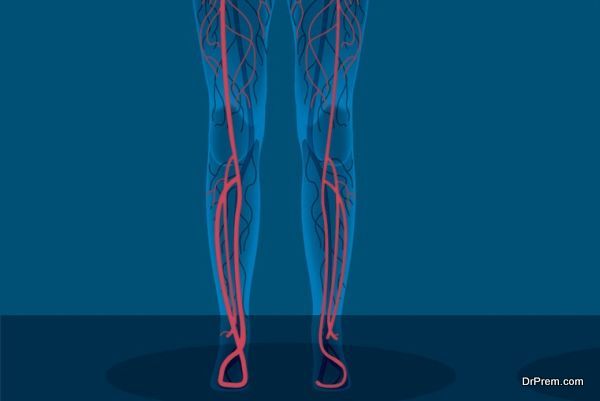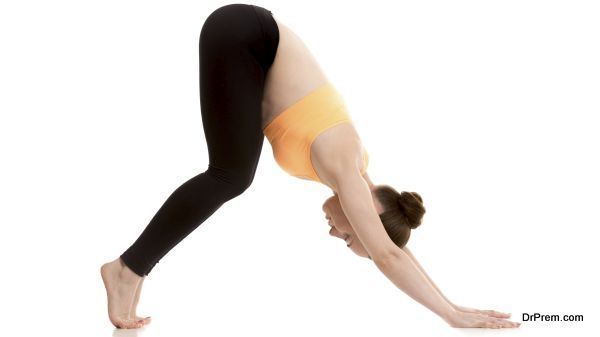Varicose veins are essentially veins that have become twisted and or enlarged. This is a term that typically refers to veins in the legs, but they can also occur in other places in the body. Sometimes they can be painful while other times, they cause no pain at all.
If you want to understand varicose veins as a disease, you first need to know what the purpose and functions of the veins are. When veins are healthy, they return your blood to your heart by using one-way valves. These valves don’t allow the blood to flow in the opposite direction. Over time, these valves can become weak. When this happens, the blood can flow backwards. This is called reflux. This then causes pressure to build up in the veins, making them bulge and dilate – varicose.
Symptoms of Varicose Veins
Some of the symptoms of varicose veins include things like:
- Veins in the leg that are visible – it could be that they are very faint bluish lines all the way up to large protrusions
- Legs that are itchy, achy, and or heavy. The level of discomfort can range from very mild to severe.
- Cramps in the night
- Symptoms that get worse after standing for long periods of time
Prevention of Varicose Veins
You can’t keep varicose veins from developing. That being said, you can keep the ones that you already have from getting worse. You can also take measures to delay the formation of other ones. Here are a few things that can be done:
- Don’t sit or stand for long periods of time. When you are sitting, try not to cross your legs. Try to always have your legs elevated when you are sleeping, resting, or sitting.
- Get physical. Participate in activities that will keep your legs moving to improve the muscle tone. This allows for the blood to move more freely through your veins.
- Lose weight. This will increase the blood flow and ease any pressure on your veins.
- Stay away from clothes that fit too tight in the legs, groin, and waist.
- Don’t wear high heels.
- If your doctor recommends it, wear compression stockings.
Are Varicose Veins and Blood Clots the Same?
No, blood clots and varicose veins are not the same. First of all, a blood clot occurs anywhere in the body. Varicose veins can too. That being said, blood clots can actually form inside varicose veins and when this happens it is called thrombophlebitis. However, most of the time, varicose veins don’t have any blood clots in them. Blood clots can also form in the deeper veins and this is known as DVT or deep vein thrombosis. This serious condition can occur after things like pregnancy, long rides in planes or cars, trauma, surgery, and others.
Symptoms of Blood Clots
Here are some of the things to look for that might indicate a blood clot in your legs.
- Redness – a small discoloration in the skin around the clot.
- Swelling – your leg might swell at the site of a clot. This swelling will not respond to normal treatments such as hot or cold compresses.
- Change in temperature – when the blood clots, it will often cause the temperature of the skin around it to get warmer. This might be accompanied by feelings of throbbing and itchiness.
- Dizziness and fainting – this can occur if your body is not able to naturally dissolve the clot.
Prevention of Blood Clots
If you think that you might be susceptible to blood clots, there are a few things that you can do to prevent them. They include:
- Be on the lookout for symptoms
- Make sure that you are eating a proper diet
- Wear support socks
- Use aspirin
- Get exercise on a regular basis
- Keep moving
- Never be immobile if possible
- Pay heed to pain of any sort
Hopefully, now you will know the difference between varicose veins and blood clots. You should be able to take a look at the symptoms and know what to let your doctor know about should you exhibit any of the symptoms. You should also be armed with information about how to prevent these things from occurring.
Article Submitted By Community Writer






